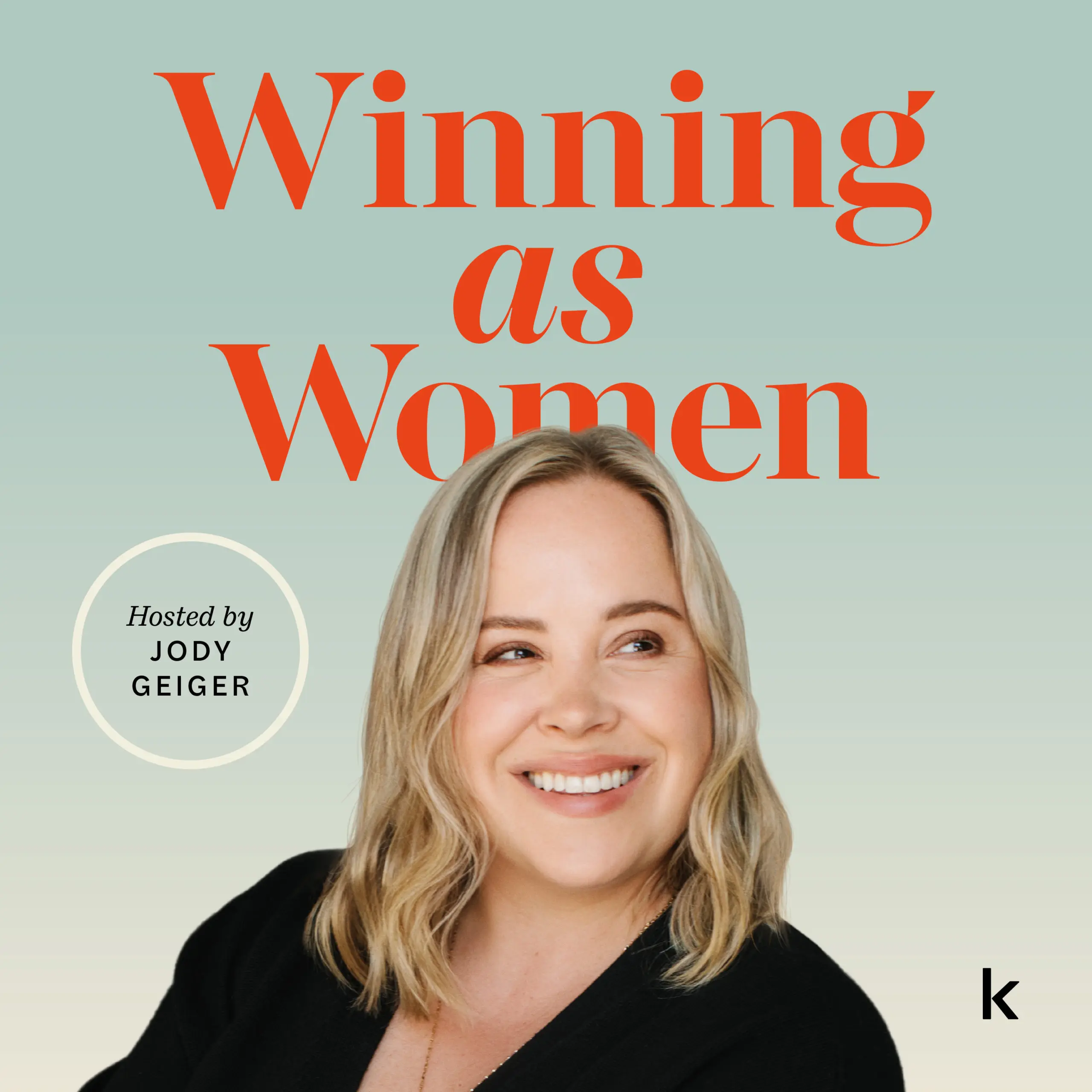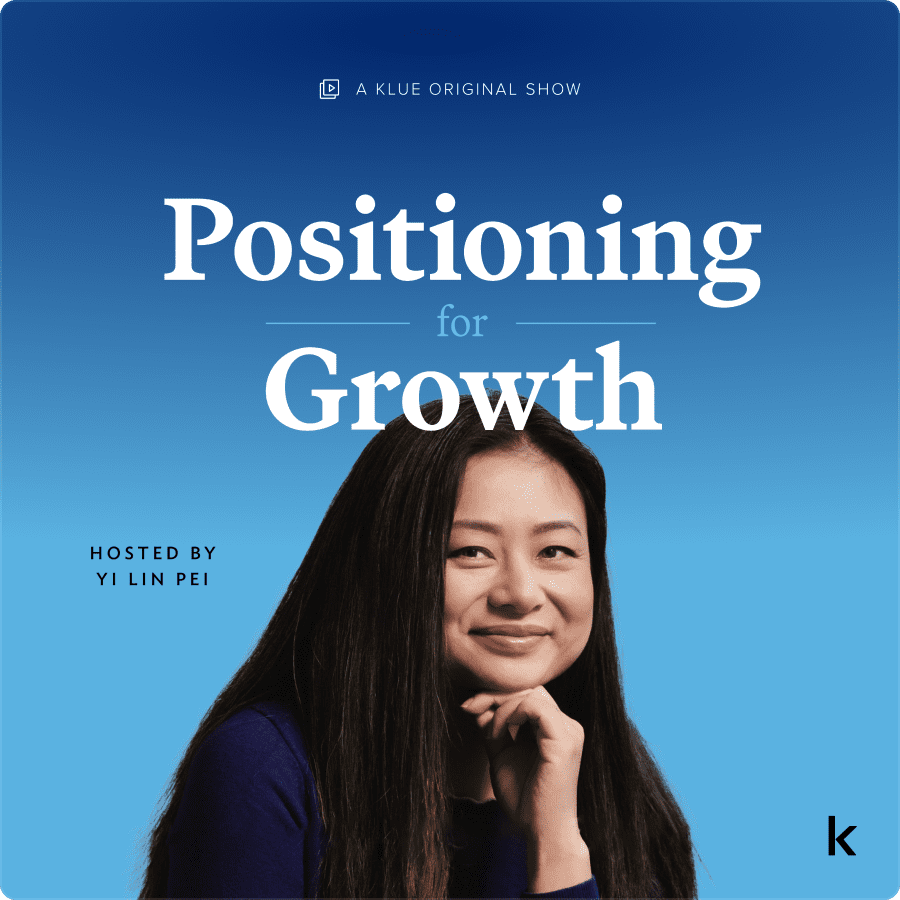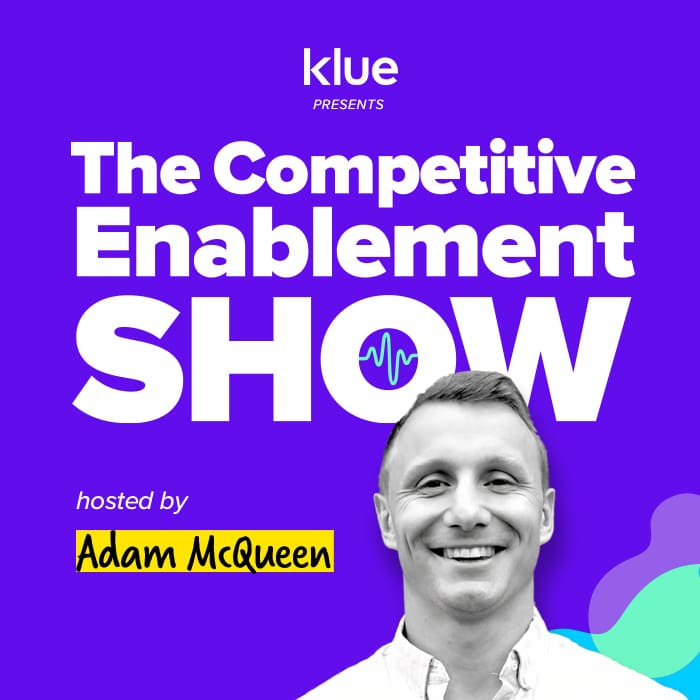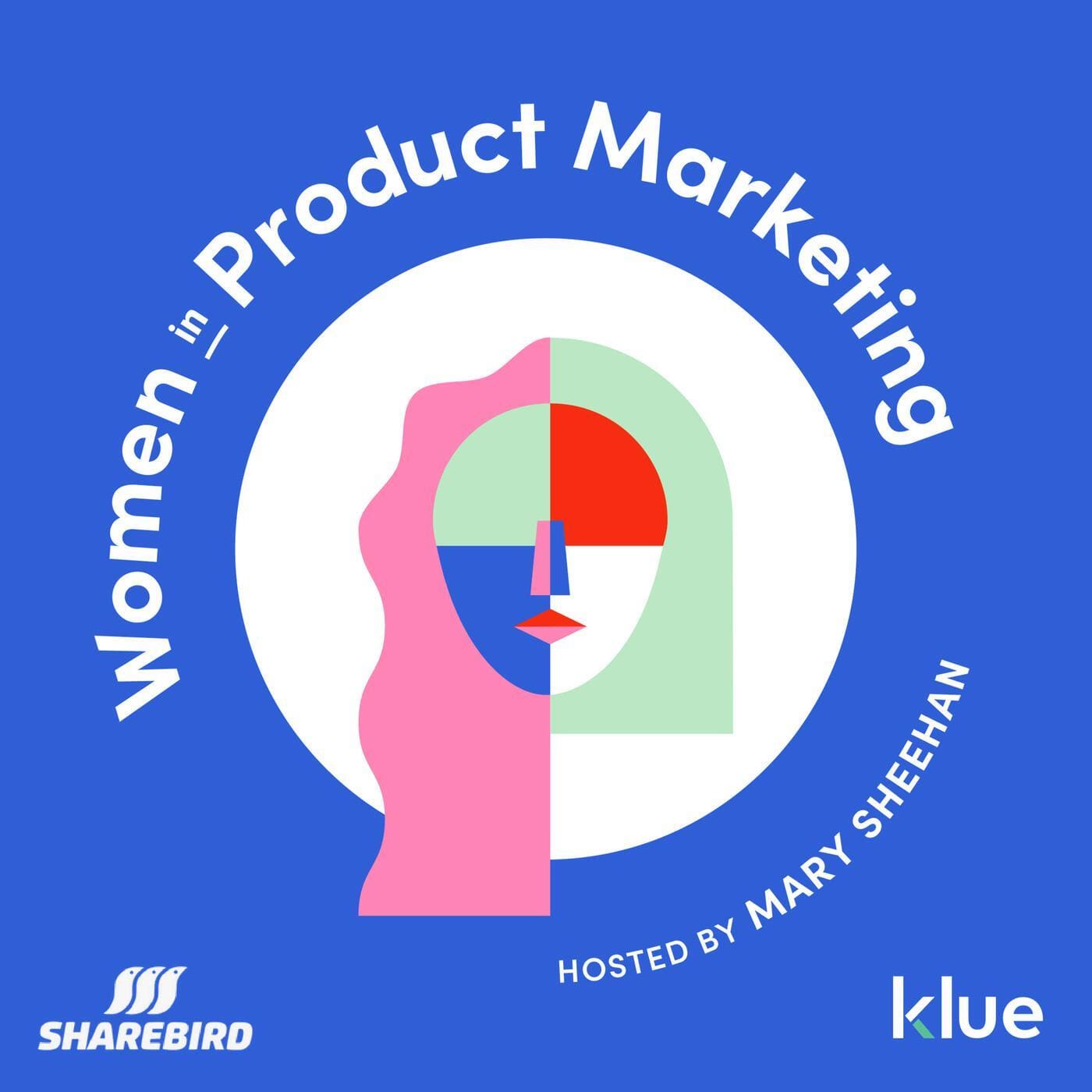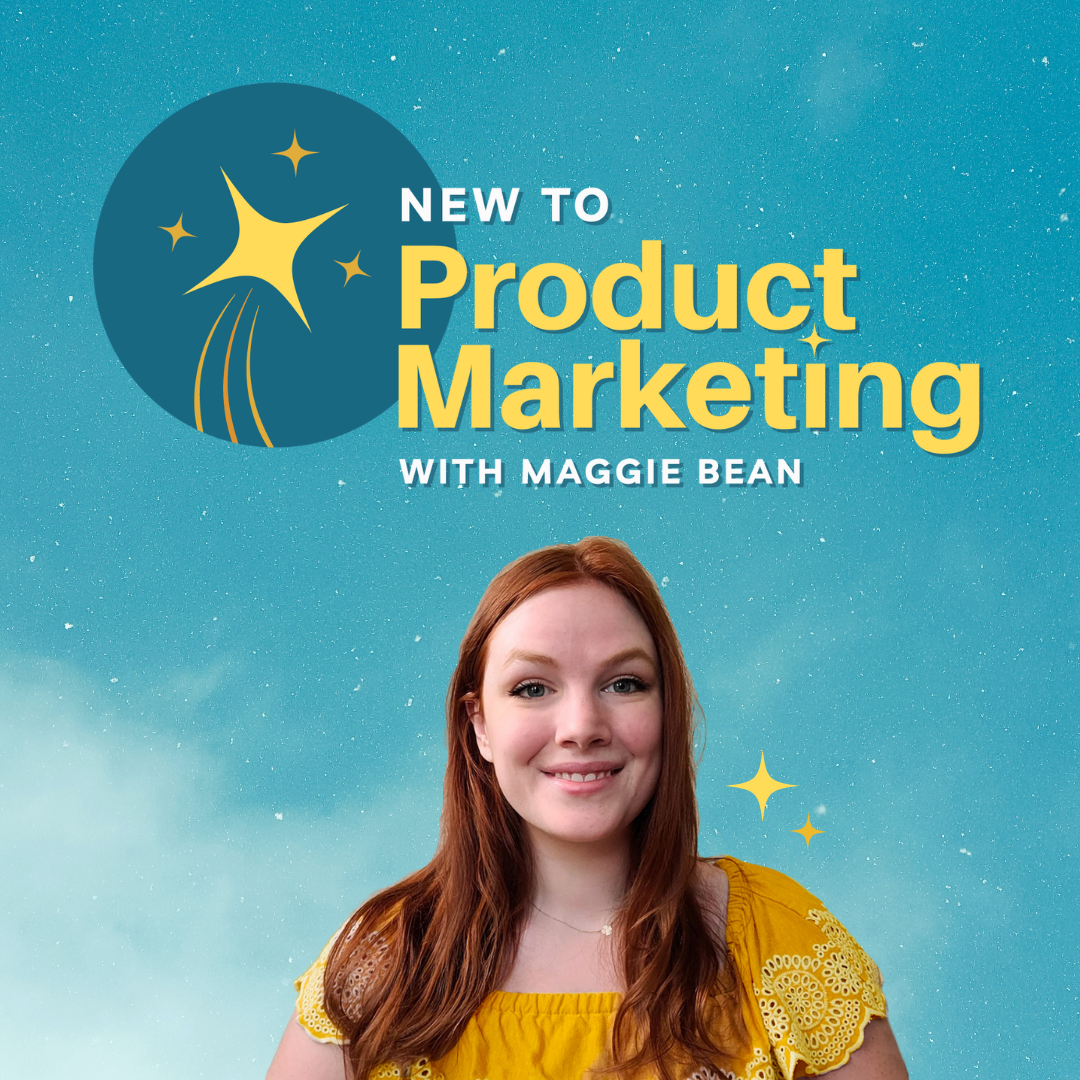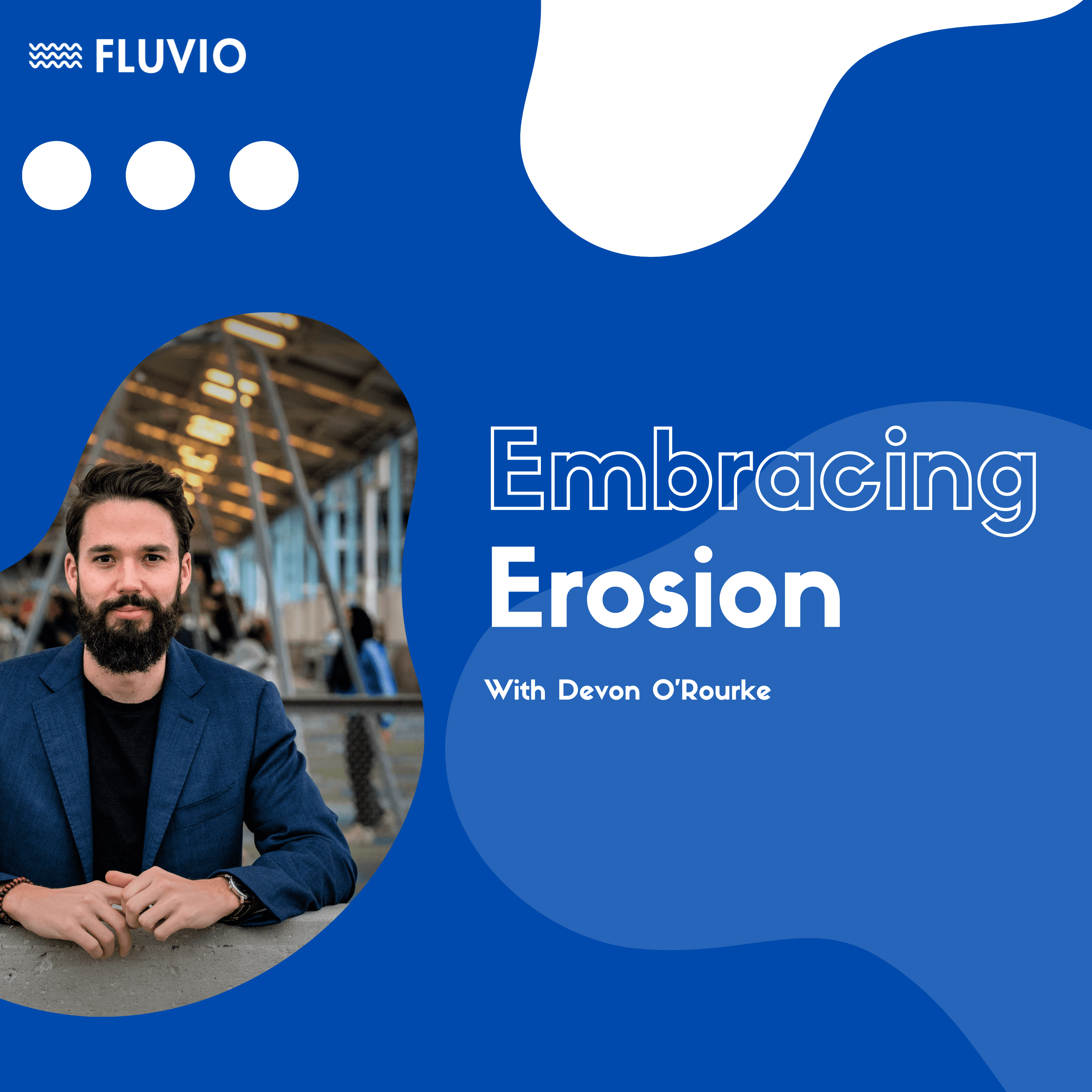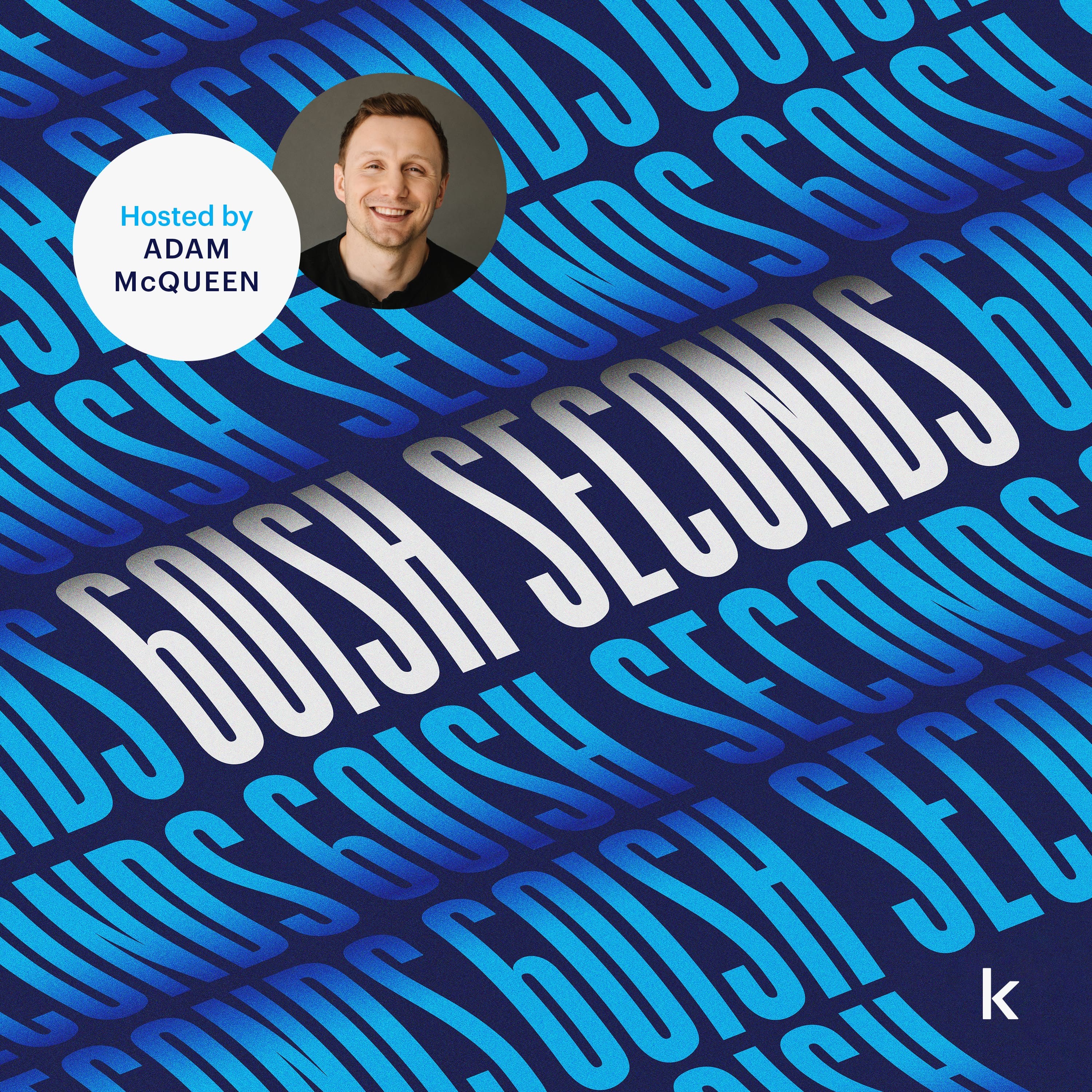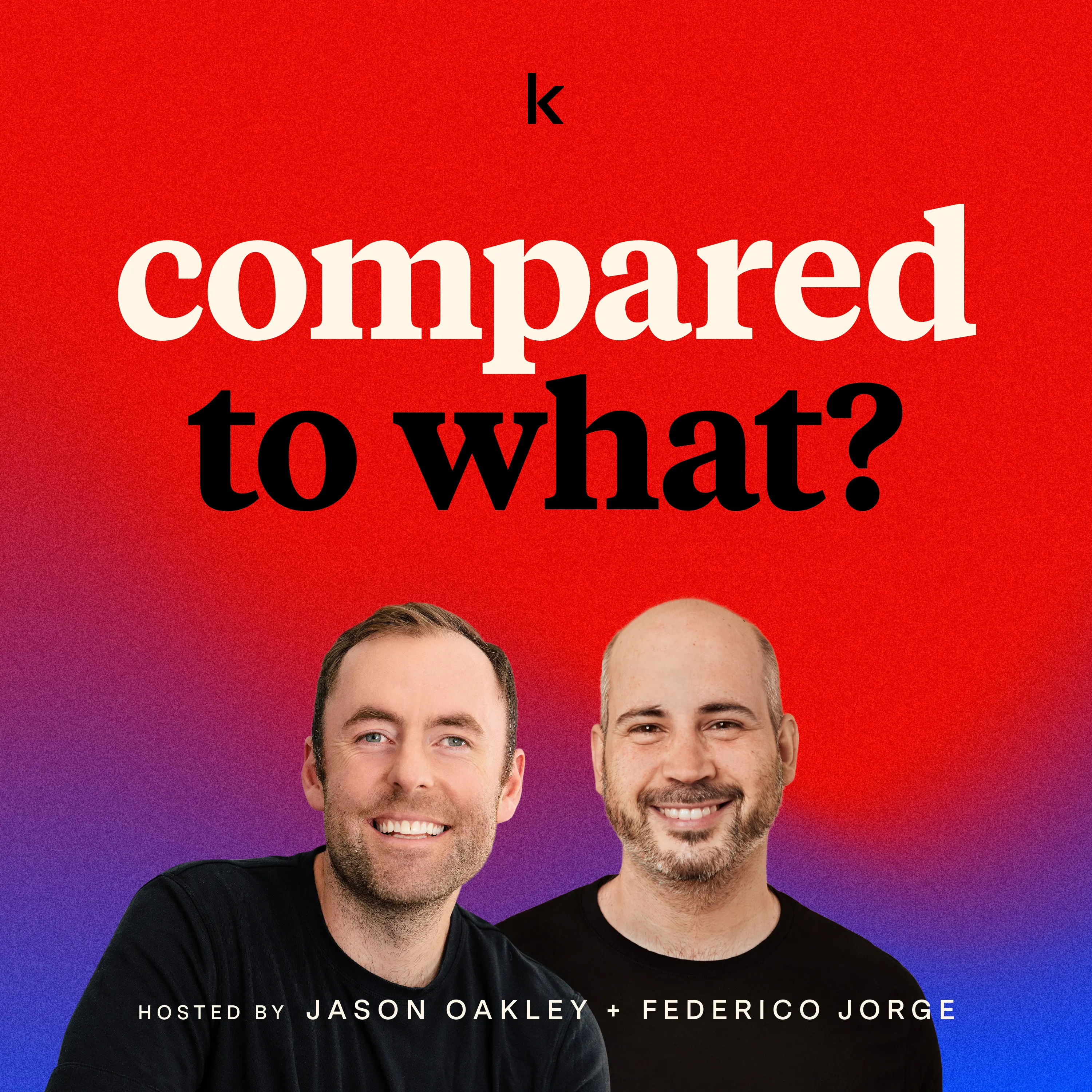Integrating Win-Loss Analysis with Competitive Enablement
Alex Salop is the Head of Product Marketing at The Arbinger Institute. He joined the Competitive Enablement Show to talk about his experience integrating win-loss analysis with competitive enablement programs
Third-party win-loss vendors give you objective data to make better business decisions
Sales and marketing are the queens and kings of making decisions based on gut feel. Intuition is important in both disciplines — but intuition alone is not enough.
That’s why Alex Salop has found success in his career by using win-loss analysis to test anecdotal theories about why something is or is not working in the business.
And the most successful win-loss programs — the ones that provide the most objective and actionable data — are the ones leveraging a third-party vendor.
“Win-loss insights are very difficult for you to obtain on your own. There will always be implicit biases either from your own salespeople or from customers not really wanting to talk to you in very honest ways”
Sales reps are too close to the action to give an objective opinion. And new customers can be hesitant about being fully transparent in their feedback at the beginning of a new relationship.
A third-party vendor eliminates some of the potential friction between you and the client by being the intermediary. And while it’s important to survey sales reps, a win-loss provider will be able to tease out their biases through well-crafted win-loss interviews.
In his experience, Alex has found that the real value from a win-loss program isn’t the crazy, revelatory insights that change everything.
It’s about gathering the data and analysis that confirms or disproves a running theory, and leveraging that data to make smarter decisions as an organization.
The best way to get there is by using a win-loss vendor.


♀️ Win-loss is not a professional witch hunt — make sure your execs know that ♀️
You can’t make changes to the entire forest without singling out a couple of trees.
Win-loss analysis programs are grounded in reality. They will involve analyzing individual deals, and to some extent individual performance.
But the output of a win-loss program are aggregated insights meant to benefit the entire organization. It’s not a performance review.
This expectation of looking at the broader picture as opposed to individual performance is one that Alex makes sure to set with his executives.
“I tell them that some of the win-loss findings are going to speak to individual experiences that people had. But you have to remember that this is not trying to analyze anybody’s job performance. This is all about how can we can be more effective as an organization.”
Without clarity around the purpose of a win-loss program, it’s going to be difficult for your organization to buy-in.
If colleagues think your win-loss program is out to get them, they are less likely to be honest in their feedback, which in turn leads to less valuable insights.
What’s more, if your win-loss program takes on the perception of being on a witch-hunt, your team will be more hesitant to adopt the competitive insights your program uncovers.
Enabling your team with win-loss insights starts with setting the right goals for the program as a whole.
And those goals are about organizational improvement.
Win-loss insights can enable your entire organization with a better qualification process
There’s no doubt that win-loss insights can and should end up in your win-loss battlecards. But it’s not the only way you can integrate win-loss analysis with competitive enablement.
Win-loss insights also play a huge role in strategic competitive enablement at a more macro level. In one case, Alex focused his win-loss program on a particular competitor his team was losing a lot of deals to.
Part of the solution was to analyze what the competitor was doing better with respect to product and replicating those features.
But the most revealing insights were around understanding that Alex’s sales teams found themselves in deals they weren’t likely to win in the first place.
“We learned we had to do a better job of identifying deals we shouldn’t be in. Ask the right questions and try to turn the deal in your favour. But at the end of the day, if we can’t, let’s drop that deal at discovery and let’s move on to something else, rather than taking it through demo or a pilot.”
Thanks to these learnings, Alex’s reps were enabled with a better qualification process, including collateral and talk tracks to help them stay on message.
It also brought about efficiencies within the organization. Reps were spending less time working deals they were unlikely to win, and spent more time on those they had the best chance of winning.
A better qualification process also helped his team forecast better. Gone were the days of hanging onto a deal until the very end of the quarter only to eventually lose that deal — which, they never had a good chance of winning in the first place.
Some teams land themselves in hot water with the board by forecasting revenue from a deal that hasn’t closed yet.
Thanks to Alex’s win-loss program and better qualification process, his company never had that problem.


NEWSLETTER

Competitive strategies in five minutes or less. Straight to your inbox.
The official newsletter of The Compete Network with the best compete content from Klue, our customers, and compete experts from around the industry. Coffee & Compete's got you covered.

